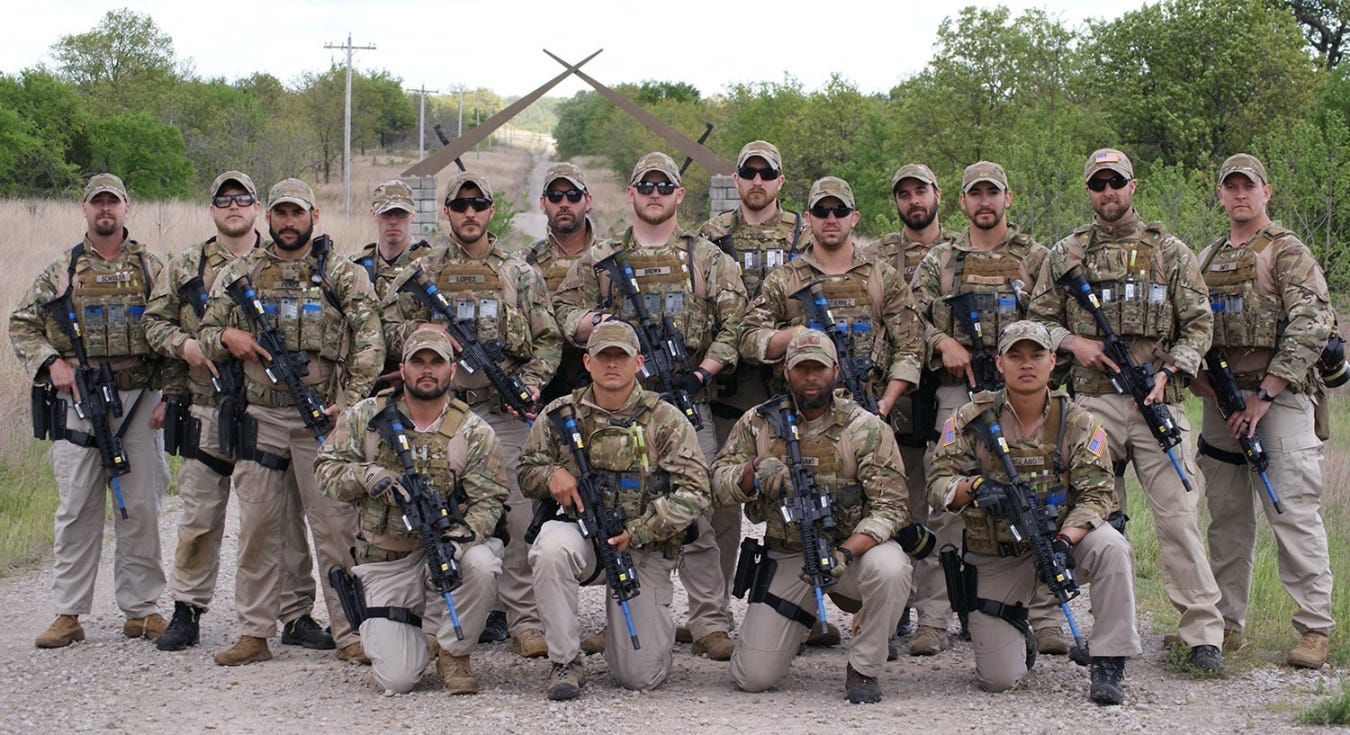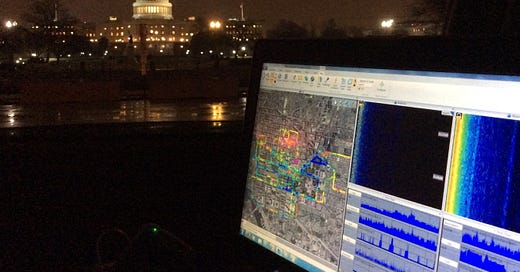Exclusive: At the National Nuclear Security Administration, modernization, deterrence, nonproliferation, counterterrorism programs hit
Even with terminations rescinded, whoever was making cuts “had no idea what different programs do,” says a person with knowledge of the matter.

On Thursday afternoon, some 300 people at the National Nuclear Security Administration (NNSA) were informed that they were losing their jobs. On Friday, an armed drone hit the protective outer shell of Ukraine’s Chernobyl nuclear plant.
As headlines came out on both Chernobyl’s fleeting fire and the NNSA’s firings, so came letters rescinding termination to the agency’s probationary employees. But, to quote an old Facebook relationship status, it’s complicated. The agency is now scrambling to contact all fired employees because their access was immediately cut off and some have proven unreachable to HR.
A source with knowledge of the situation, who did not wanted to be named for fear of retaliation, shared new information on how the ordeal went down and which programs were hit. And it does not bode well for future cuts to national security programs.
The people
“Regular people with regular lives were screwed,” the person told me. Just like at other federal agencies, the Trump administration targeted NNSA’s probationary personnel — primarily young adults caring for young children.
One NNSA employee was at a hospital with a child when they received the notice. “Another was in the middle of negotiations with foreign partners on an official visit overseas,” negotiating on a nuclear nonproliferation matter.
At the agency’s headquarters in Washington, D.C., “they were all told they need to clear out their office and leave ASAP, and their access to everything would be cut off instantly.” They had to vacate before they could even download their employment documents.
The programs
The person described the cuts as widespread and random. “Whoever was cutting things had no idea what different programs do or are part of… it’s not just international nonproliferation stuff but even domestic, strictly national security-related things.”

I am told that this included “essential program components at multiple NNSA laboratories as part of the nuclear weapons production and modernization process.” Some contractors were told that work at their labs — plutonium production and other sensitive weapons programs — would see funding cuts. The person declined to share more specifics.
But others programs were also affected:
NA-10, the Office of Defense Programs, which focuses on weapons deterrence. According to the office website, “The Office of Defense Programs is responsible for maintaining and modernizing the stockpile. Our engineers and technicians ensure the health of the weapons by studying and replacing components and materials as they age. Scientists conduct experiments using some of the most advanced facilities in the world to enhance our understanding of weapon performance. Production facilities manufacture the thousands of materials and components that comprise modern nuclear weapons, assuring their long-term reliability.”
NA-20, the Office of Defense Nuclear Nonproliferation, which according to the office’s description “works globally to prevent state and non-state actors from developing nuclear weapons or acquiring weapons-usable nuclear or radiological materials, equipment, technology, and expertise.”
NA-80, the Office of Counterterrorism and Counterproliferation. According to the office, its “scientific capabilities help provide early threat indications and inform the security of nuclear materials worldwide. Its operational assets are used to locate and defeat terrorist nuclear devices and mitigate the effects of radiological incidents around the globe.” The office’s three core functions:
Preparing for nuclear and radiological incidents and accidents through planning, training, and exercises
Countering adversary efforts to acquire and use nuclear capabilities
Responding to nuclear and radiological incidents and accidents worldwide
These offices have been involved in mitigating threats at the Russian-occupied Zaporizhzhia nuclear power plant in Ukraine, supporting Japan’s Fukushima plant after a nuclear accident, and running sting operations on gangs, terrorists, and state actors.
Also. It took me one minute to find the basics about these offices. At a time when post-Oct. 7 terrorist threats have risen, and state actors like North Korea and China are advancing their arsenals of nuclear weapons, why would anyone think these programs were not vital to U.S. national security?
But that’s what happened, the person told me. “All were impacted by the layoffs and cuts.” And though personnel were asked to return, it is unclear whether the programs will see their funding levels restored. The NNSA did not immediately respond to a request for comment.
“This was a cruel experience,” the person told me. Cruel. A word I keep hearing again and again these days in Washington.
And the person alluded to a future now frayed. “Even though they got called back, the air of distrust and uncertainty that it could happen any day has affected everyone across the board, even those who were not fired.”
A contractor confirmed the sentiment on the condition of anonymity. “People wonder just how valuable they are when the administration doesn’t even know what roles the orgs and their people play in national security,” the person told me. “Simply no regard for immediate impact or longer-term implications.”


